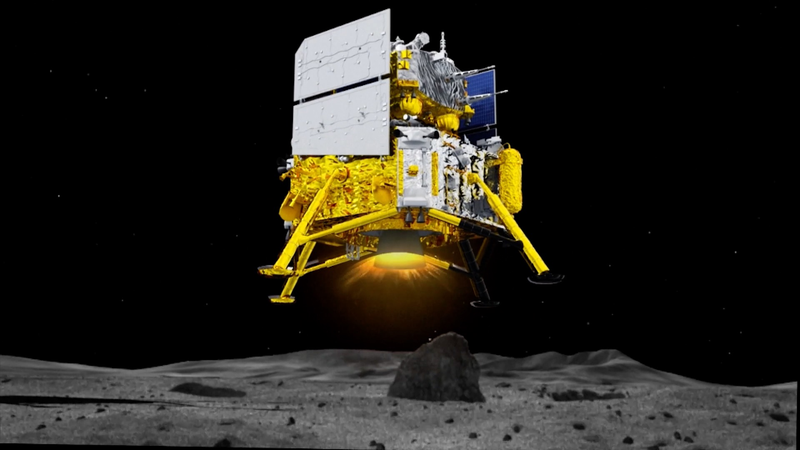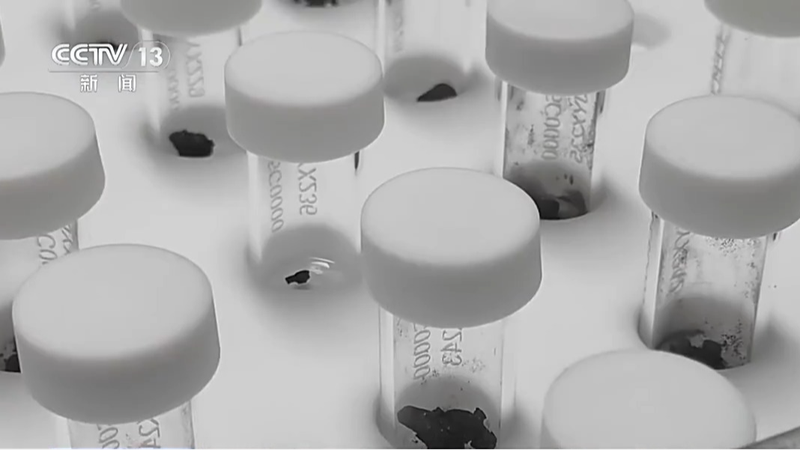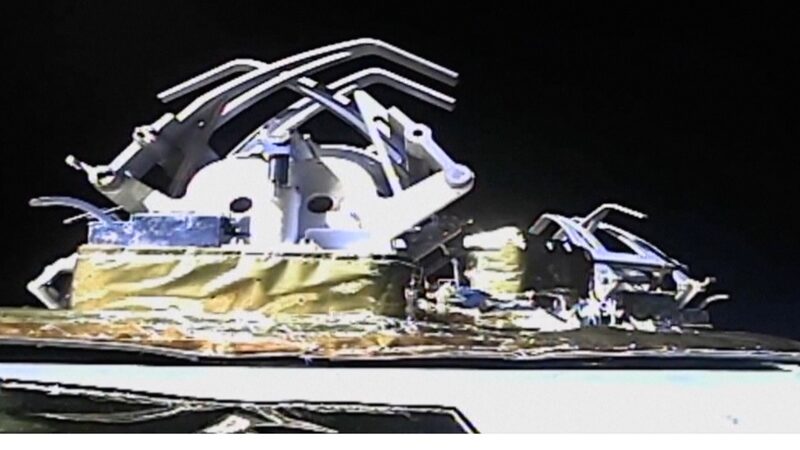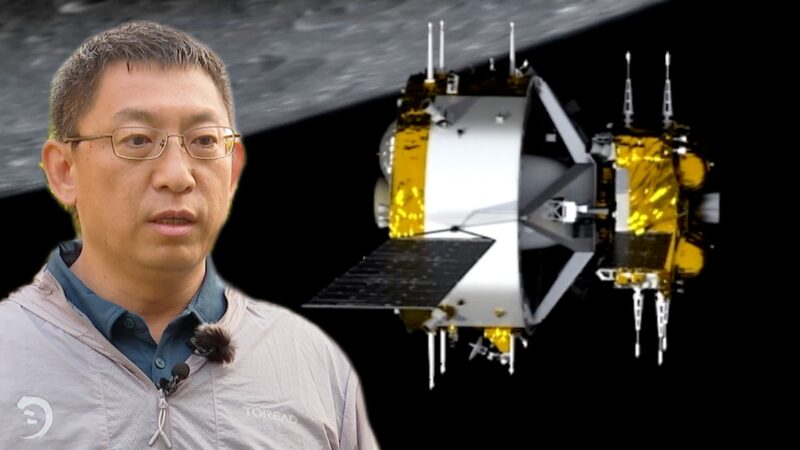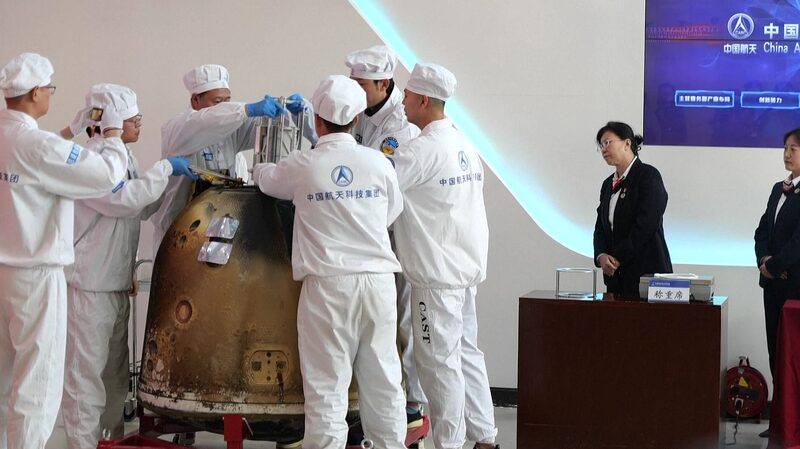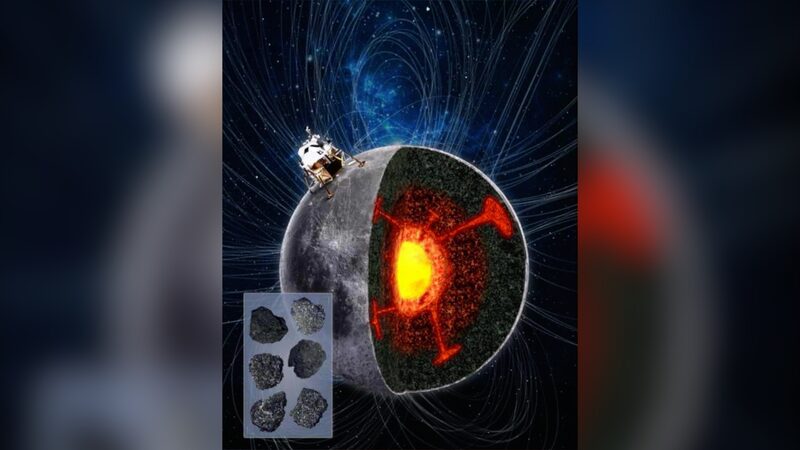In a significant leap for lunar exploration, China’s Chang’e-6 probe successfully landed on the far side of the moon on Sunday at 6:23 a.m. Beijing Time. The mission aims to collect samples from the South Pole-Aitken (SPA) Basin over the next two days, with plans to bring them back to Earth, according to the China National Space Administration (CNSA).
The Chang’e-6 mission, supported by the Queqiao-2 relay satellite, marks the first time humanity attempts to retrieve samples from the moon’s far side. The lander-ascender combination touched down precisely at the designated landing area within the SPA Basin, one of the largest and oldest impact basins in the solar system.
“This landing represents a monumental achievement in our lunar exploration efforts,” stated a CNSA spokesperson. “The samples collected will provide invaluable insights into the moon’s composition and geological history.”
The SPA Basin’s unique geological features offer scientists a rare opportunity to study the moon’s mantle material, which could shed light on the early history of both the moon and Earth. The mission builds on the success of previous Chang’e missions, further establishing China’s burgeoning role in space exploration.
Following the sample collection, the ascender is scheduled to lift off from the lunar surface and rendezvous with the orbiter for the journey back to Earth. The mission’s success could pave the way for future crewed lunar landings and the establishment of a lunar research station.
The CNSA has released video footage of the lunar landing, showcasing the intricate maneuvering required to land on the moon’s rugged far side, which is not visible from Earth and poses significant communication challenges overcome by the Queqiao-2 relay satellite.
Global space agencies and scientists are watching the mission closely, anticipating collaborative opportunities and the scientific discoveries that the Chang’e-6 mission promises to deliver.
Reference(s):
China's Chang'e-6 lands on far side of moon to collect samples
cgtn.com
